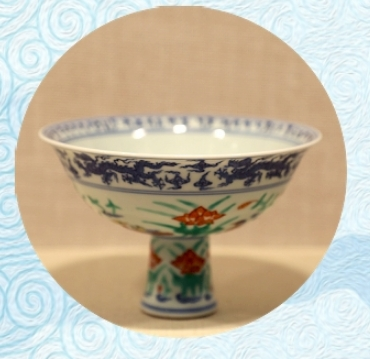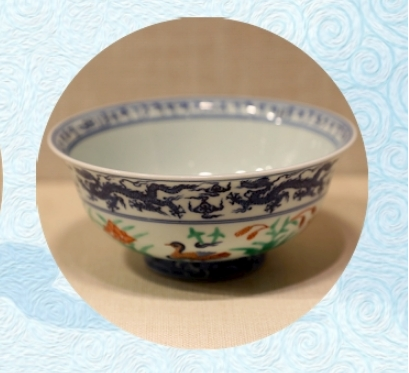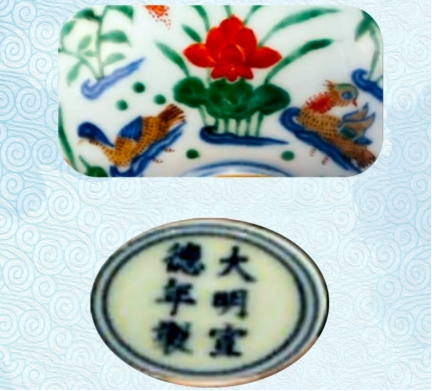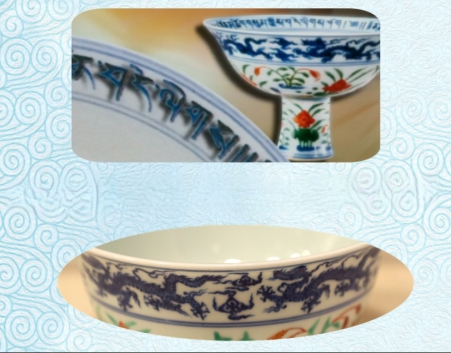Porcelain Treasures on the Snowy Plateau

Founded in 1073 AD, the Sagya Monastery in Sagya County, Xigaze, China’s Xizang Autonomous Region, is known as “Dunhuang on the Snowy Plateau” and is the main temple of the Sagya sect of Tibetan Buddhism. Pieces of porcelain from the Yuan and Ming Dynasties are still stored in the monastery, and there are nearly 2,000 pieces of Jingdezhen Porcelain from the official kiln.

In the Xizang Sagya Historical and Cultural Exhibition Hall, two of the earliest and best-preserved Xuande blue-and-white multicolored wares in the Sagya Monastery are exhibited. They are blue-and-white multicolored bowls with patterns of mandarin ducks in the lotus pond. One is a high-foot bowl, and the other is a flat-foot bowl. Their shapes and patterns are perfectly combined with the long-standing porcelain-making techniques of Jingdezhen, Jiangxi Province.

The 16-Chinese character blue-and-white Tibetan auspicious sutra is written in the bowl mouth. The font is neat and beautiful, and the connotation is good. There are blue-and-white clouds and Loong patterns outside the bowl mouth, and seawater patterns are painted on the outer wall of the ring foot. On the body of the bowl, the theme of the patterns is mandarin ducks in the lotus pond. The “Made in the Xuande Reign of the Ming Dynasty ” inscription is on the bottom. The production technique integrates blue-and-white porcelain, multicolor porcelain, and contrasting colors porcelain.

These precious cultural relics are physical witnesses given by the central government of the Ming Dynasty to the Sagya Monastery, which shows the central government’s administrative jurisdiction over Xizang, and is also a powerful witness to the exchanges and communication among ethnic groups and the history of the Chinese nation created by them together.

